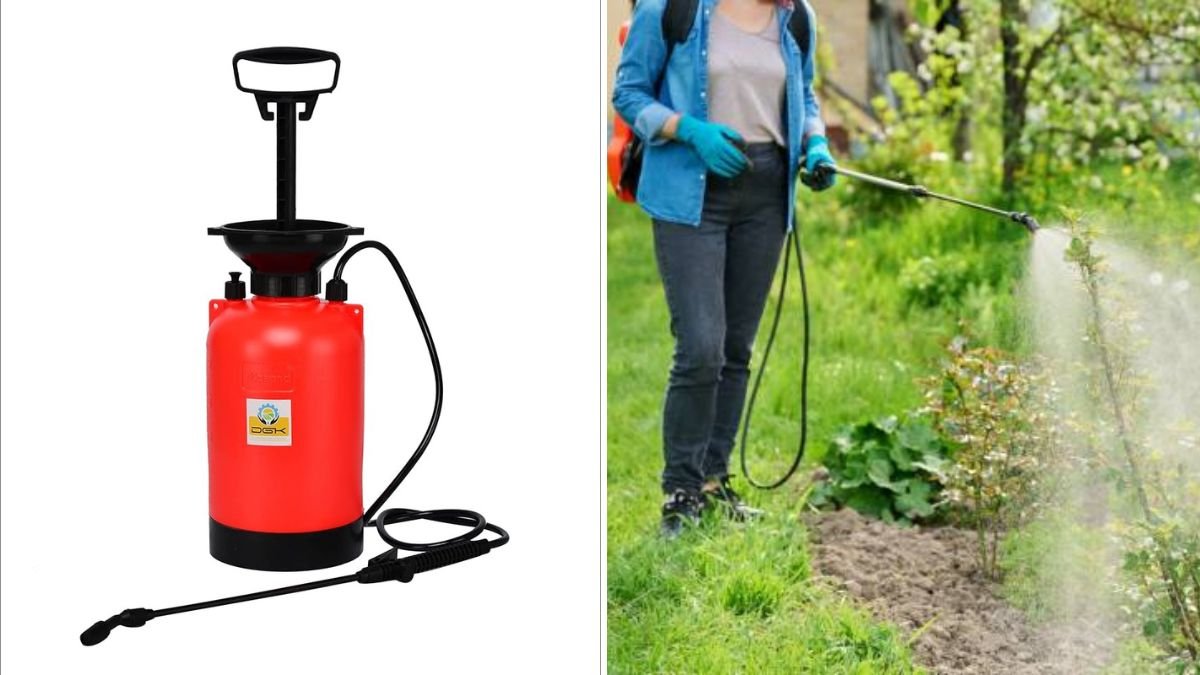When it comes to organic gardening, pest control looks very different from conventional methods. Instead of relying on harsh synthetic chemicals, organic growers use gentler sprays like neem oil, insecticidal soap, or horticultural oils. These options are safer for people, pets, and pollinators—but they also require the right sprayer to work effectively. The wrong sprayer can waste solution, clog quickly, or damage plants. The right sprayer makes organic pest control easier, more precise, and more reliable.
Here’s a complete guide to choosing the best sprayers for organic pest control, along with top features to look for, practical tips, and some recommended sprayer types for every garden size.
What Makes a Good Sprayer for Organic Pest Control?
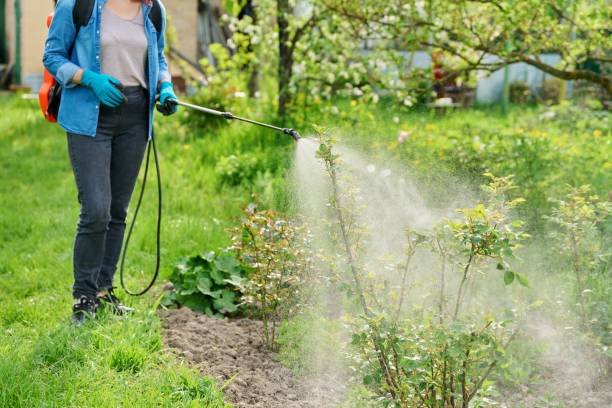
Because organic sprays often contain oils and soaps, sprayers need to meet certain requirements. Look for:
- Chemical-resistant materials – Viton or neoprene seals, brass nozzles, and sturdy polyethylene tanks prevent organic sprays from degrading parts.
- Adjustable nozzles – Mist, stream, and fan spray patterns help adapt to different plants and pests.
- Pressure control – Too much pressure can damage leaves; consistent pressure ensures even coverage.
- Easy cleaning – Organic products can leave residue, so wide openings and removable parts are essential.
- Ergonomics – Comfortable grips, padded straps, and balanced designs reduce fatigue.
Types of Sprayers for Organic Pest Control
- Handheld Trigger Sprayers
- Best for potted plants, seedlings, or spot treatments.
- Affordable and simple to use.
- Limited capacity—good for small-scale gardeners.
- Pump-Pressurized Hand Sprayers (2–5 liters)
- Provide more consistent pressure and stronger spray than trigger bottles.
- Ideal for small yards and raised beds.
- Easy to carry and versatile.
- Backpack or Knapsack Sprayers (12–20 liters)
- Great for medium to large gardens.
- Straps distribute weight across your back.
- Longer wands allow better reach under leaves.
- Battery-Powered Sprayers
- Save effort by automating pumping.
- Best for large areas or frequent spraying.
- More expensive but worth it for those with bigger gardens.
- Hose-End Sprayers
- Attach to garden hoses and dilute concentrate as you spray.
- Useful for lawns and large flower beds.
- Less precise for targeted applications.
Best Practices for Spraying Organic Solutions
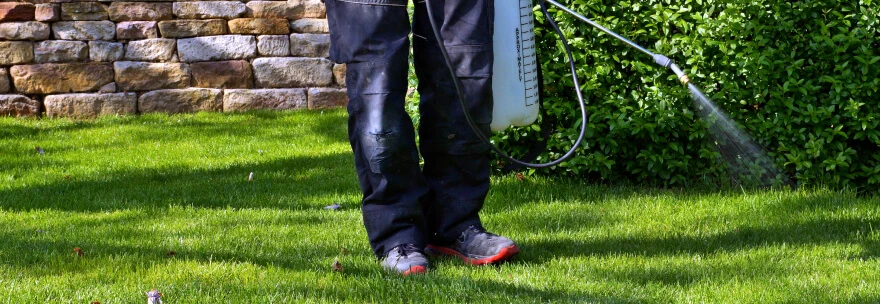
Even the best sprayer won’t help if used incorrectly. Follow these practices to maximize effectiveness:
- Spray in early morning or evening to prevent sunburn on leaves.
- Cover both sides of leaves since pests often hide on the undersides.
- Avoid windy or rainy conditions to reduce drift and runoff.
- Mix only what you need—organic solutions degrade quickly.
- Clean sprayers after each use to avoid clogs and buildup.
Examples of Good Sprayer Options
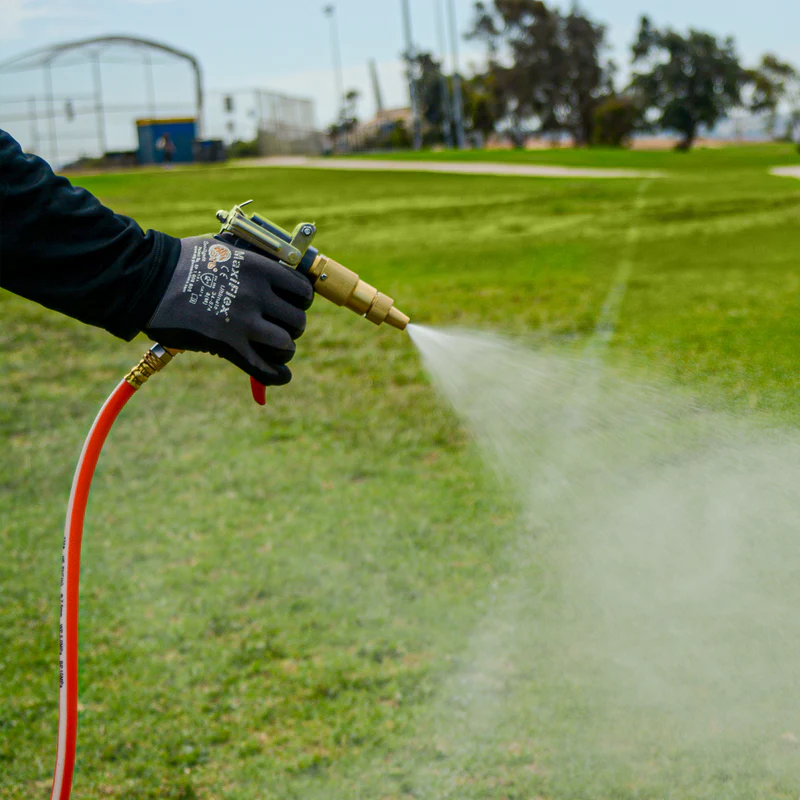
Here are examples of sprayer types that work well for organic gardening:
- 2-liter handheld sprayers – Perfect for balconies, houseplants, and small raised beds. Compact and easy to carry.
- 5-liter pump pressure sprayers – Offer enough capacity for a small yard, with adjustable nozzles and comfortable handles.
- Backpack sprayers (12–16 liters) – Designed for larger gardens or small orchards; padded straps make them easier to use for long sessions.
- Premium handheld sprayers with brass nozzles – Resist corrosion and clogging, making them ideal for oil-based organic sprays.
- Battery-operated 15-liter sprayers – Save effort and ensure steady pressure for those with large vegetable patches or flower beds.
Choosing Based on Your Garden Size
| Garden Size | Best Sprayer Type | Key Benefit |
|---|---|---|
| Balcony / pots | Small trigger or 2-liter hand sprayer | Lightweight, affordable, precise |
| Small yard (beds, shrubs) | 5-liter pump sprayer | Easy to carry, versatile |
| Large yard or orchard | 12–16 liter backpack sprayer | Covers more area with fewer refills |
| Frequent spraying / big gardens | Battery-powered sprayer | Saves time and energy |
Mistakes to Avoid
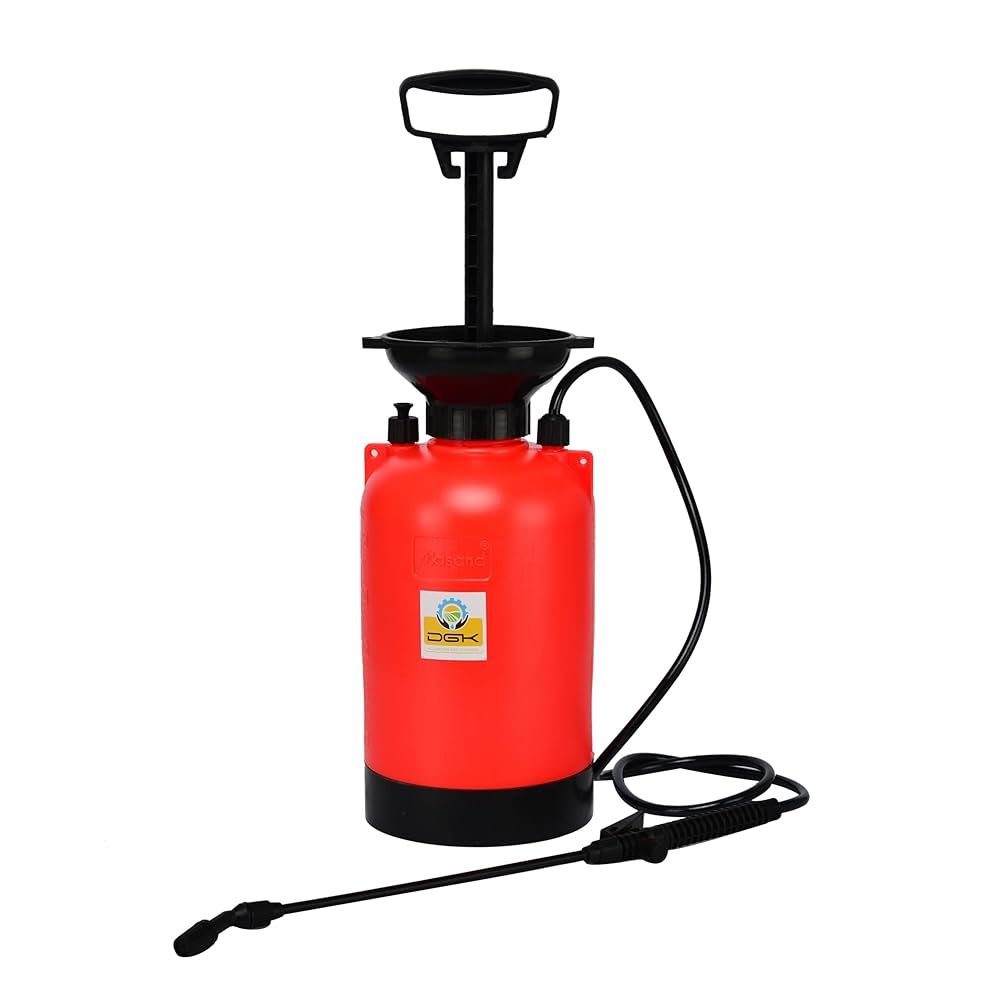
- Using sprayers with weak seals—organic oils can eat through poor-quality rubber.
- Not adjusting the spray pattern—a strong jet may damage delicate foliage.
- Overbuying capacity—a 20-liter sprayer isn’t practical for a balcony garden.
- Neglecting cleaning—organic residues clog nozzles quickly.
Final Thoughts
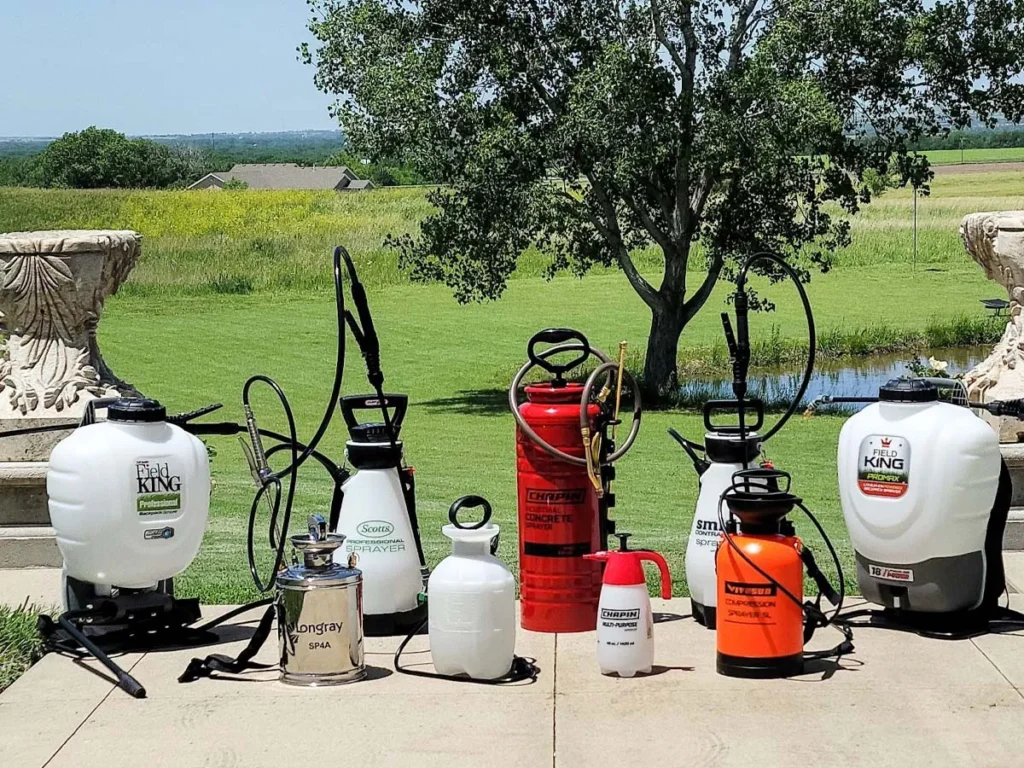
The best sprayer for organic pest control is one that matches your garden’s size, your spraying frequency, and the types of treatments you use. For small spaces, a simple handheld sprayer works perfectly. For larger gardens, pump or backpack sprayers provide efficiency. And if you’re spraying regularly, a battery-powered unit is worth the investment.
Whichever sprayer you choose, remember that careful use and regular cleaning are just as important as the sprayer itself. With the right tool and technique, organic pest control becomes less of a chore and more of a seamless part of your gardening routine—keeping your plants healthy and your garden thriving.
